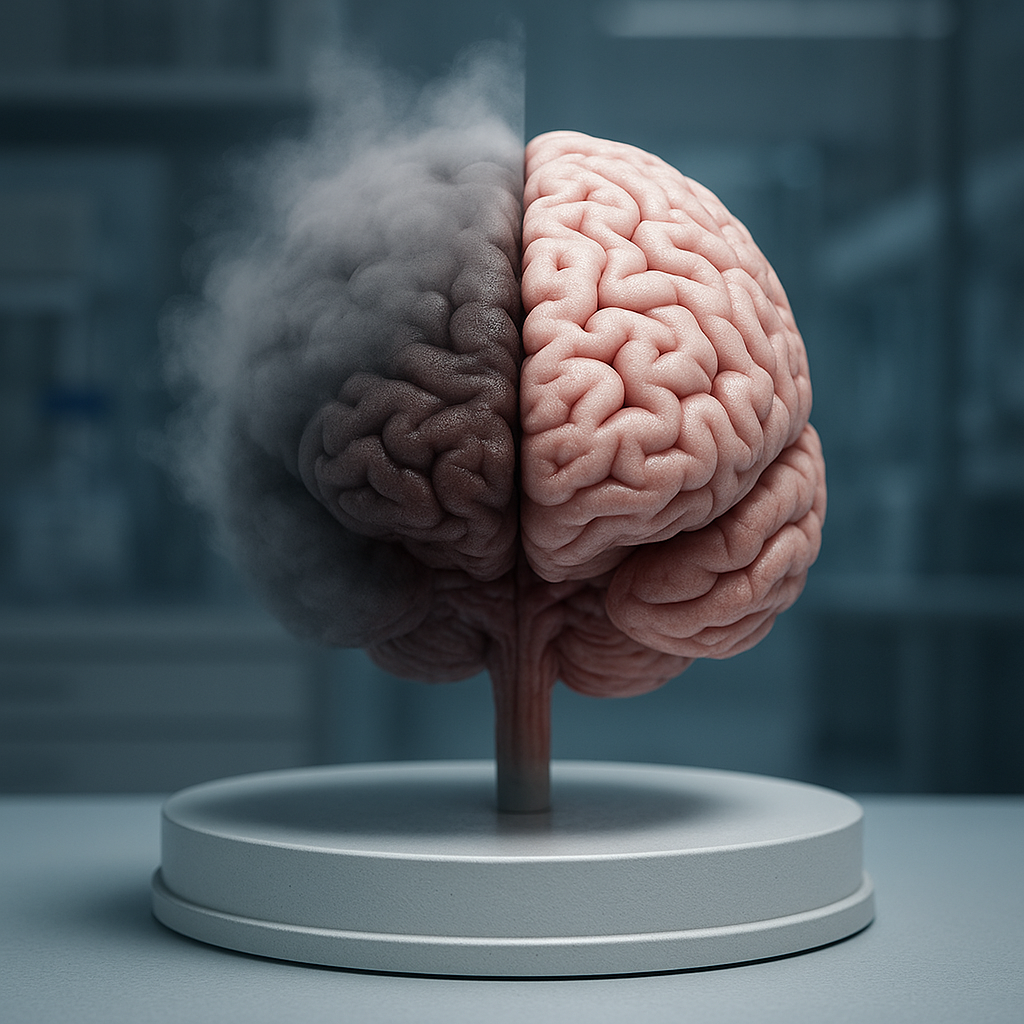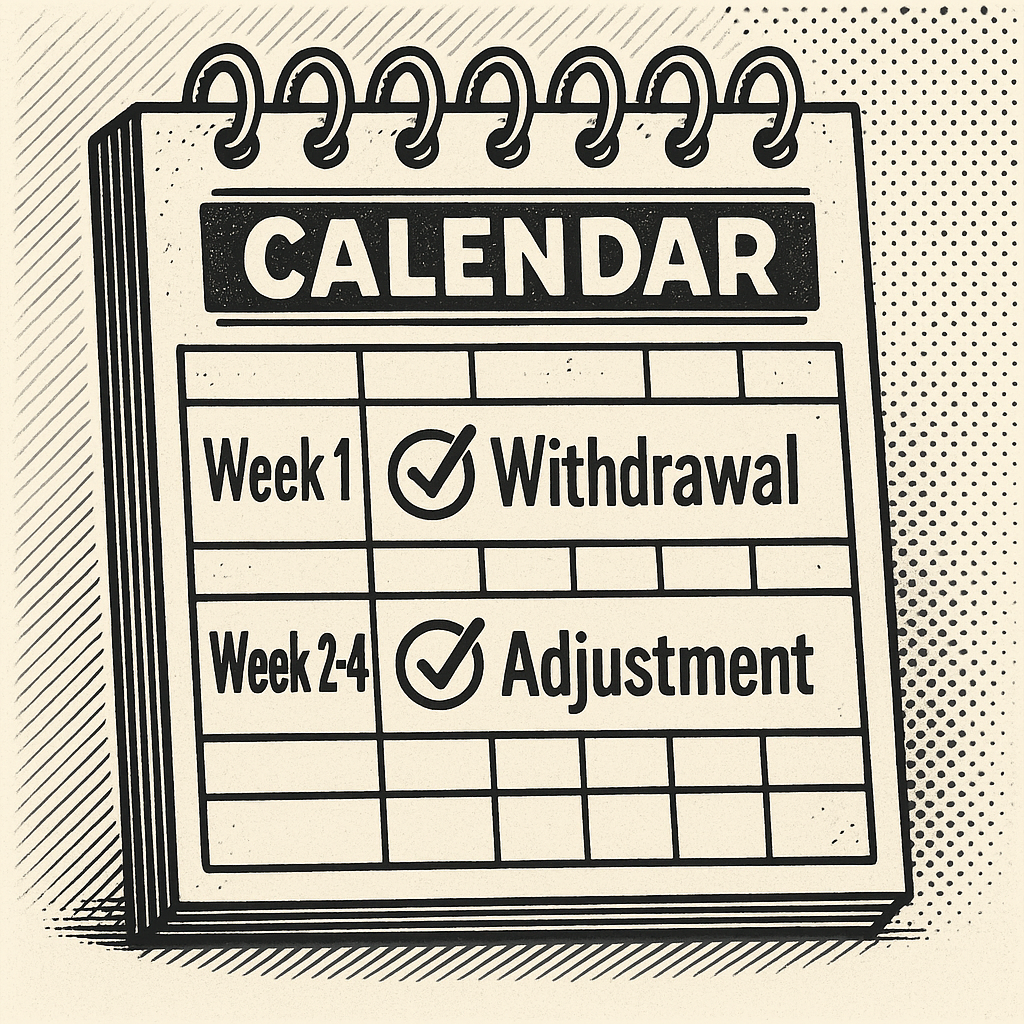The Ultimate Guide to Quitting Weed: 90 Days to a Clear Mind

Eric Rollington
December 15, 2024
The Ultimate Guide to Quitting Weed: 90 Days to a Clear Mind
Introduction
Quitting weed is one of those decisions that can feel impossible at first. Maybe you've tried to stop before and couldn't make it past the first week, or maybe you're finally realizing how much your daily habit is costing you — in energy, focus, and even relationships. The truth is, change is never easy. But with the right plan, 90 days is long enough to reset your brain, reclaim your motivation, and experience life with a clear mind again.
In this ultimate guide, we'll walk through exactly what happens to your body and mind during those first 90 days without weed, and how you can make it through each stage.

Why 90 Days Matters
When you stop smoking weed, your brain goes through a remarkable recovery process. Scientists have found that it takes about three months for dopamine receptors to repair themselves after heavy cannabis use. That's why so many people notice big changes in their mood, motivation, and ability to focus around the 90-day mark.
During this time, sleep patterns begin to normalize, energy levels stabilize, and emotional ups and downs level out. It's not just about removing weed from your life — it's about giving your brain the chance to heal and function as it was meant to.
What to Expect in the First 90 Days
Days 1–7: Withdrawal and Cravings
The first week is the toughest. As THC leaves your system, your body protests. Many people feel irritable, restless, and anxious. Sleep can be a real challenge, and dreams may suddenly become intense or vivid. Cravings hit hardest during this stage, especially if smoking was part of your daily routine.
The key here is survival. Drink plenty of water, keep yourself moving with light exercise, and find a substitute ritual — like making tea, journaling, or even going for a short walk when the urge strikes.
Days 8–30: The Adjustment Phase
Once you push through the first week, the fog begins to lift, though challenges remain. Cravings still come and go, often triggered by stress, boredom, or social situations where weed used to be involved. But little by little, your body starts adapting. Appetite returns, sleep becomes more consistent, and energy begins to creep back in.
This is also the stage where structure is your best friend. Staying busy helps prevent relapse. Meditation, mindfulness, or simply keeping a full schedule can help retrain your brain to cope without relying on weed.

Days 31–60: Mental Clarity Returns
By the second month, most people notice a dramatic difference in their mental state. Focus sharpens, memory improves, and motivation starts to return. It feels as though a mental fog you didn't even realize was there is finally lifting. Your health may show visible improvements as well — clearer eyes, healthier skin, and renewed physical energy.
But this stage comes with a hidden danger: complacency. Because you're feeling better, it can be tempting to "reward yourself" with just one more smoke. This is when many relapses happen. To avoid backsliding, track your progress, celebrate how far you've come, and find healthier outlets for stress, like exercise or creative projects.
Days 61–90: Breakthrough
By the final stretch, your new lifestyle begins to feel normal. Sleep stabilizes, mornings are easier, and energy feels natural and steady instead of chemically boosted. Anxiety and irritability drop, while confidence grows.
This is when you realize quitting weed wasn't just about stopping a habit. It was about building a new identity — one rooted in clarity, strength, and control. You'll look back at how far you've come and recognize that the hardest part is behind you.
The Benefits of 90 Days Weed-Free
Reaching 90 days without weed often comes with benefits that ripple across every part of life. People report sharper focus at work or school, improved relationships with family and friends, and a sense of pride in keeping a promise to themselves. Financial stress eases as money once spent on weed gets redirected into more meaningful areas. And perhaps most importantly, there's a newfound sense of purpose that comes from knowing you are in control of your choices.
How to Stay Weed-Free Beyond 90 Days
The journey doesn't end at three months. To maintain your progress, build a support system of friends or family you can lean on. Keep your body active, since exercise is one of the most effective tools against cravings. Use accountability tools like apps or journals to remind yourself of your progress. And most importantly, reward yourself along the way — milestones deserve to be celebrated.
Conclusion
Quitting weed may be one of the hardest challenges you take on, but it's also one of the most rewarding. In just 90 days, you can completely reset your brain, restore your energy, and rediscover what it feels like to live with clarity. The cravings, the mood swings, the restless nights — they're all temporary. What lasts is the pride of knowing you took back control of your life.
Ready to quit cannabis?
Join thousands who have successfully broken free with the TBreak app. Track your progress, get support, and reclaim your life.
Download TBreak Now→